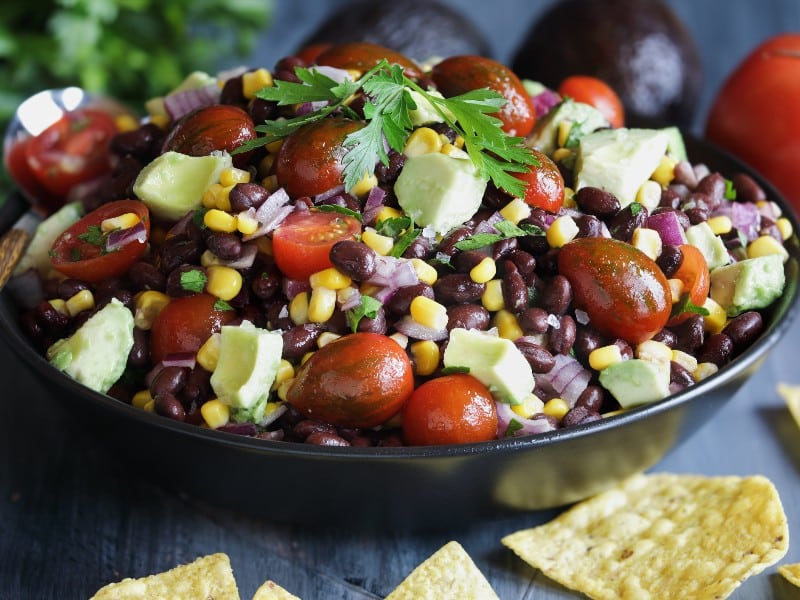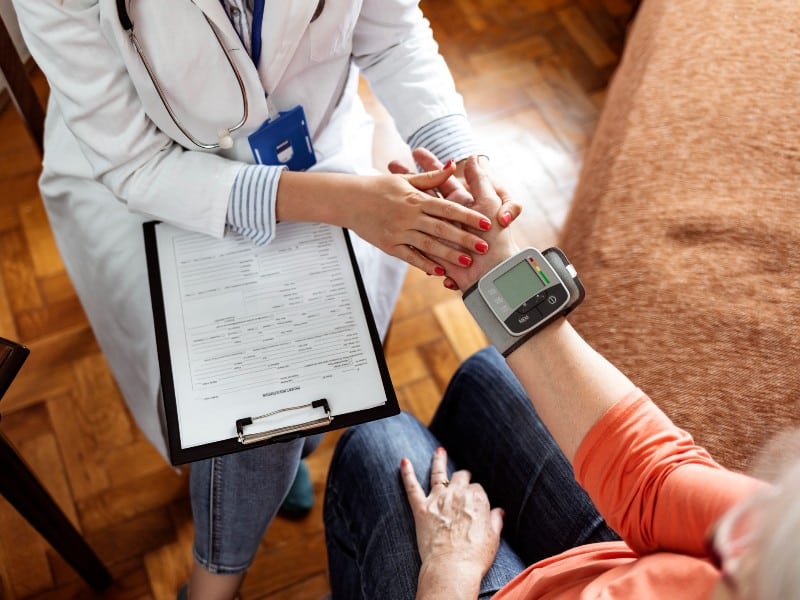Half of all adults in the U.S. suffer from high blood pressure, but it doesn’t have to be a lifelong diagnosis if you can commit to eating healthier and cutting back on salt with the DASH diet.
The DASH diet is dedicated to quickly reversing high blood pressure, even if your family has a history with hypertension, says Levi Rice, DO, interventional cardiologist on the medical staff at Methodist Midlothian Medical Center.
“DASH stands for Dietary Approaches to Stop Hypertension” Dr. Rice says. “Whether you want to prevent developing high blood pressure or if you’ve already been diagnosed, following this low-sodium diet can help prevent the condition and even reverse a diagnosis within two weeks of starting the diet.”
DASH disciples limit their daily salt intake to 2,300 milligrams, or about one teaspoon a day. That may sound like a lot but think beyond the salt shaker. Most of the sodium we consume — up to 75% — comes from processed and restaurant food, some of which may not seem all that salty.
For example, a slice of white bread contains 150 milligrams of sodium. Cottage cheese, salad dressings, and canned vegetables are also saltier than you might expect. And a can of chicken noodle soup contains over 2,000 milligrams, almost the entire daily allowance.

A SUSTAINABLE DIET FOR ALL AGES
Cutting out all that salt isn’t easy, especially for anyone who lives a hectic life full of fast food and microwave dinners. So in spite of the name, you might have to slow down to try DASH.
“To be successful on the DASH diet, you’ll have to think of it as a lifestyle,” Dr. Rice says. “It’s a sustainable diet that is proven to change lives.”
That’s true for patients of all ages who have been diagnosed with hypertension. Hypertension is a silent killer that doesn’t discriminate based on age.
“It’s important everyone gets screened by their primary care physician for blood pressure regularly no matter their age,” Dr. Rice says. “With the rate of obesity these days, I’ve seen more patients in their 20s with high blood pressure come in.”
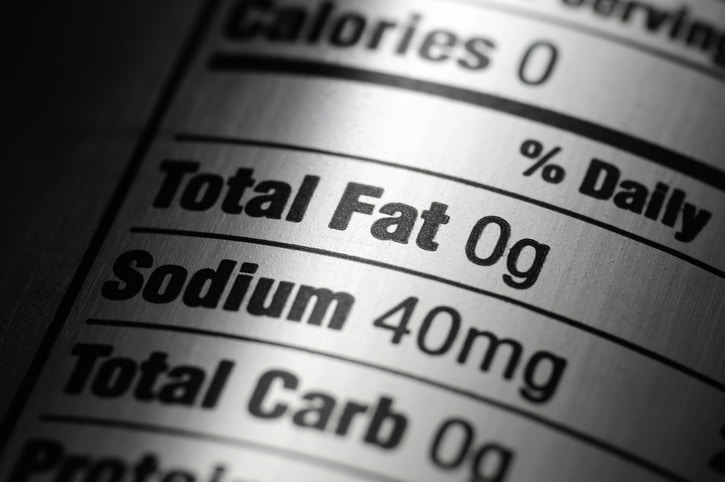
WHY EXCESS SALT IS SO UNHEALTHY
Our bodies require sodium to function, but we only need about 500 milligrams a day to keep our nerves firing, maintain our balance, and flex our muscles. Cutting back on salt could have a big impact.
Because most of us consume 3,400 milligrams a day — six to seven times what our bodies need — our kidneys have a hard time flushing the excess sodium from our systems. As a result, our bodies compensate by diluting the sodium.
“Sodium is the main electrolyte that binds to water,” Dr. Rice says, “so when we consume a lot of it, we retain water. And if the water becomes excessive in our bodies, the excess fluid can raise our blood pressure and cause our hearts to work harder.”
Pumping all that extra fluid stresses the heart, the blood vessels, and even the kidneys and bones. Also, excess sodium leaches calcium from our bones and can increase the risk of osteoporosis.
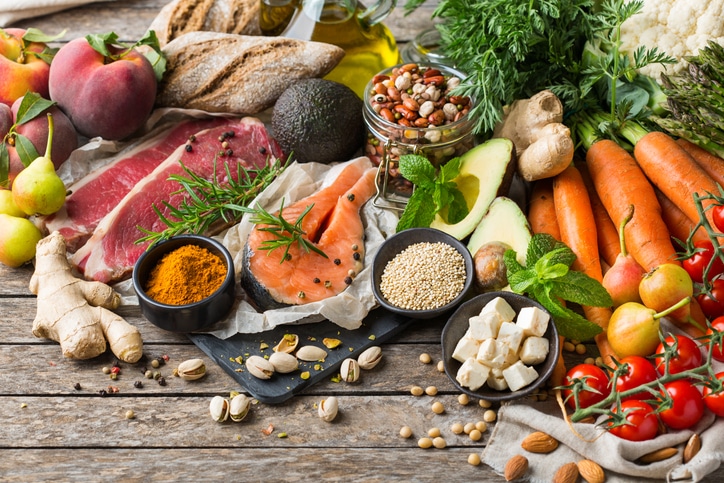
FOCUS ON WHAT YOU CAN EAT
As with any diet, it’s never fun to focus on what you can’t eat, so Dr. Rice suggests emphasizing all the delicious foods you can have.
That includes lean meats, seafood, and poultry, a heaping helping of fruits and vegetables, whole grains, beans and nuts, and low-fat dairy.
The DASH diet also puts an emphasis on foods that are high in magnesium (oatmeal, black beans, and whole grains), potassium (bananas, avocados, and sweet potatoes), and calcium (almonds, yogurt, and seeds). That’s because these nutrients help control blood pressure.
“Magnesium and potassium help relax our artery walls, allowing them to dilate and reduce our blood pressure,” Dr. Rice says. “Calcium helps increase the hormonal effect on our kidneys, and that in turn helps regulate our blood pressure.”
Of course, you will have to limit sweets, alcohol, and fatty foods, but few foods are truly off-limits. Just enjoy them in moderation and, above all, focus on limiting your sodium intake.
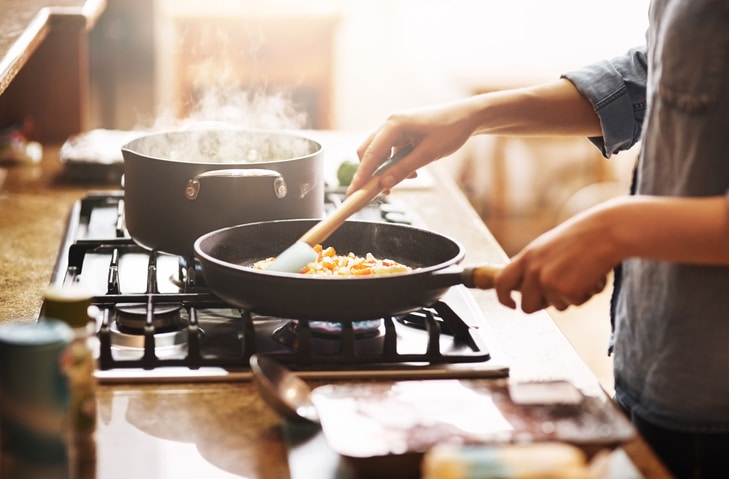
COOK AT HOME MORE OFTEN
Prepared food, whether it’s a restaurant meal or a TV dinner, contains far more sodium than the meals we whip up ourselves.
“Try to avoid eating out as much as you can, and cook your meals at home,” Dr. Rice advises.
That’s why making your own meals is the best way to ensure you’re eating healthy ingredients. Cooking may require more time and patience, but it puts you in complete control of how much salt goes into your food.
But being conscious about sodium content means reading ingredient labels when you go to the grocery store. Select salt-free seasonings and cook with low-sodium vegetables. These are all powerful ways to help reduce your blood pressure.
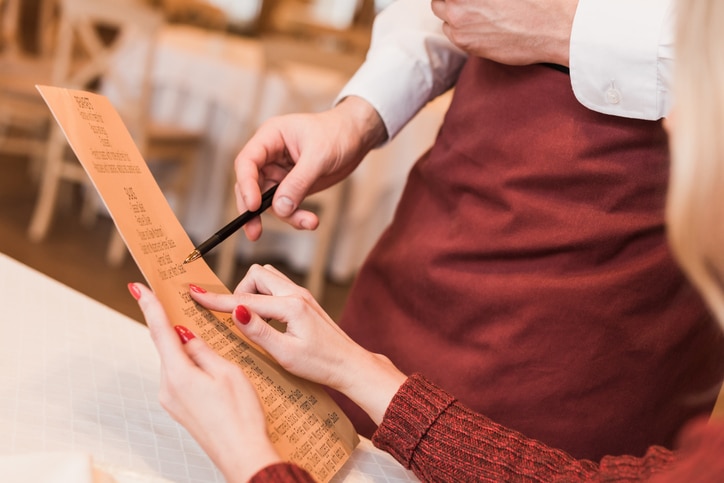
ASK ABOUT INGREDIENTS
When you do go out to eat, ask how the food is made and how much sodium is in the dish. You might stump the waiter and even the cook, but consider what’s worse: raising a fuss or blindly putting your health at risk.
After all, even the “healthy” options on restaurant menus tend to be high in sodium because the simple fact is salt makes cheap food taste better.
“It’s difficult to avoid saturated fat when you eat out all the time,” Dr. Rice adds. “Just about every restaurant overdoes it with fat and salt.”
When the healthy options don’t live up to that billing, consider making a special request. Many restaurants are accustomed to leaving out ingredients for customers with food allergies, so going easy on the salt should be no different.
“Request that your food is cooked without salt or MSG,” Dr. Rice suggests. “Also, if there isn’t a low-sodium salad dressing, ask for oil and vinegar instead.”
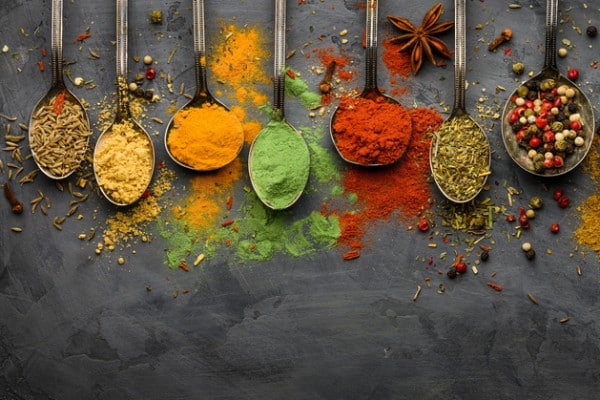
FIND SUBSTITUTES FOR SALT
Cutting back on salt doesn’t mean your meals will be tasteless. Choose seasonings like rosemary, lemon pepper, and curry, and chances are you’ll barely miss the salt.
But be warned, salt cravings can be hard to ignore because they are sometimes tied to dehydration and even hormonal changes, from stress and lack of sleep to PMS.
Don’t give in when you’ve got salt on the brain, Dr. Rice urges. With a little commitment and some patience, you can reverse high blood pressure.
“If you find yourself falling off, get back up and try again,” he says. “Don’t give up on better health.”

